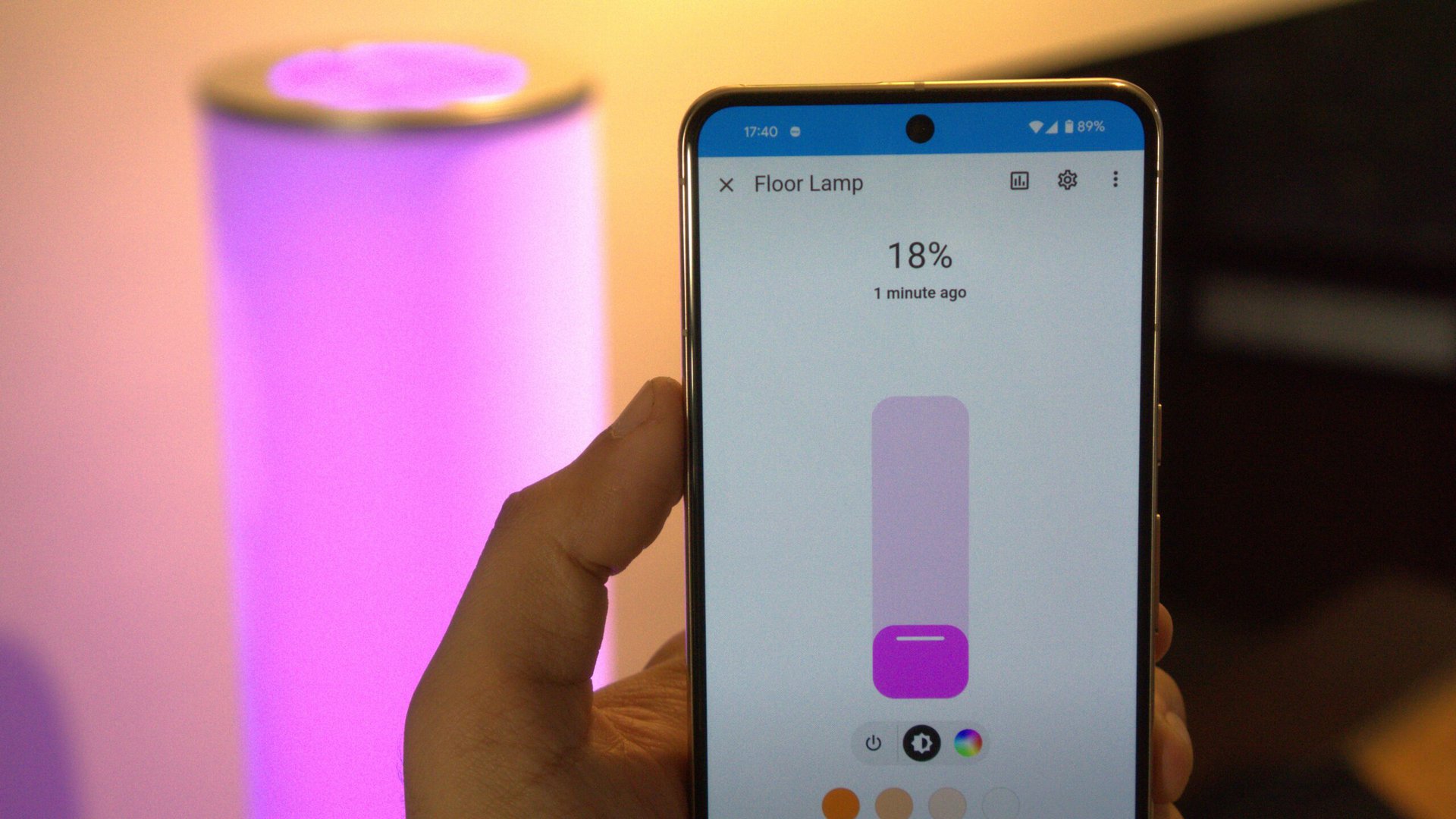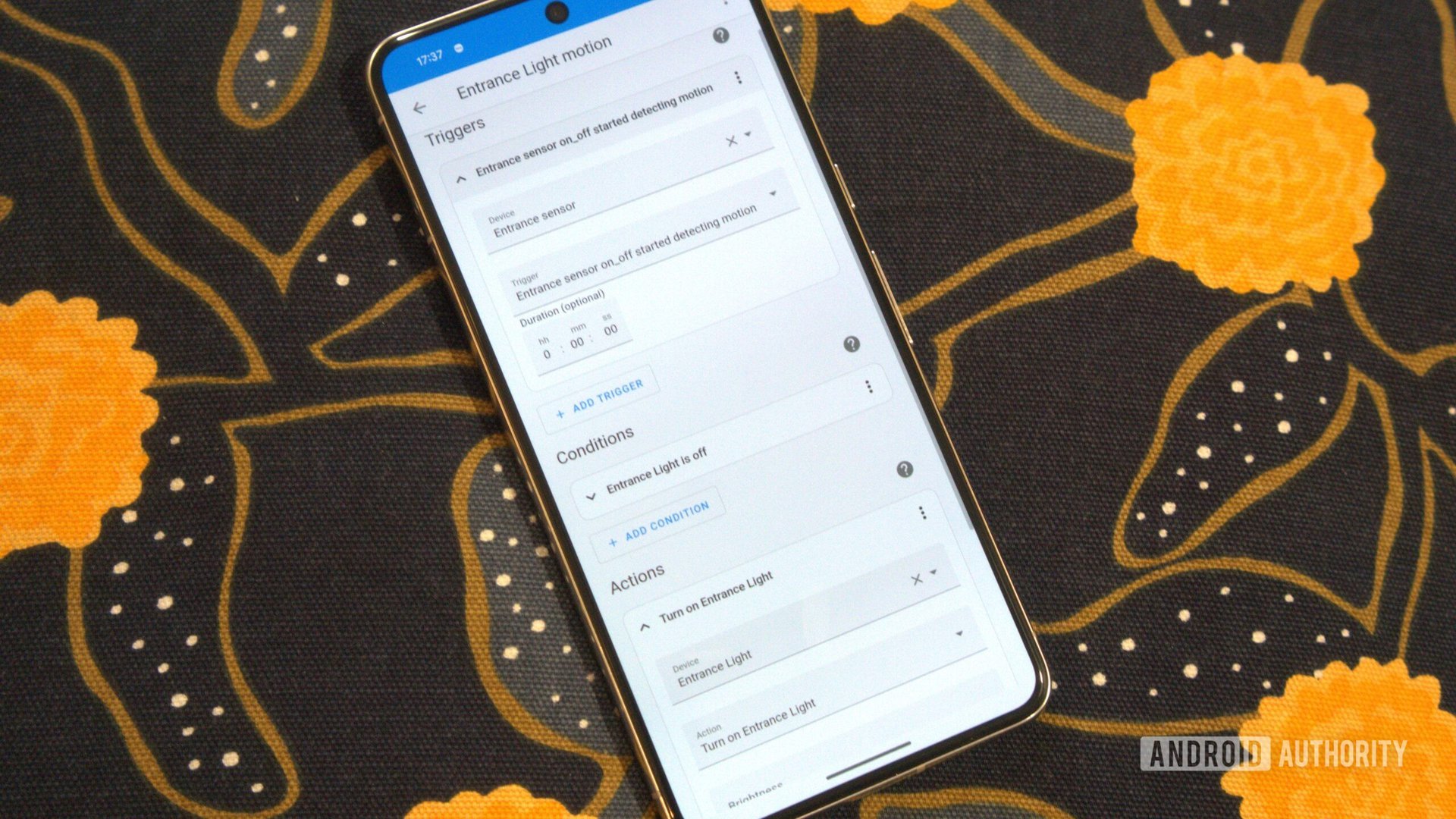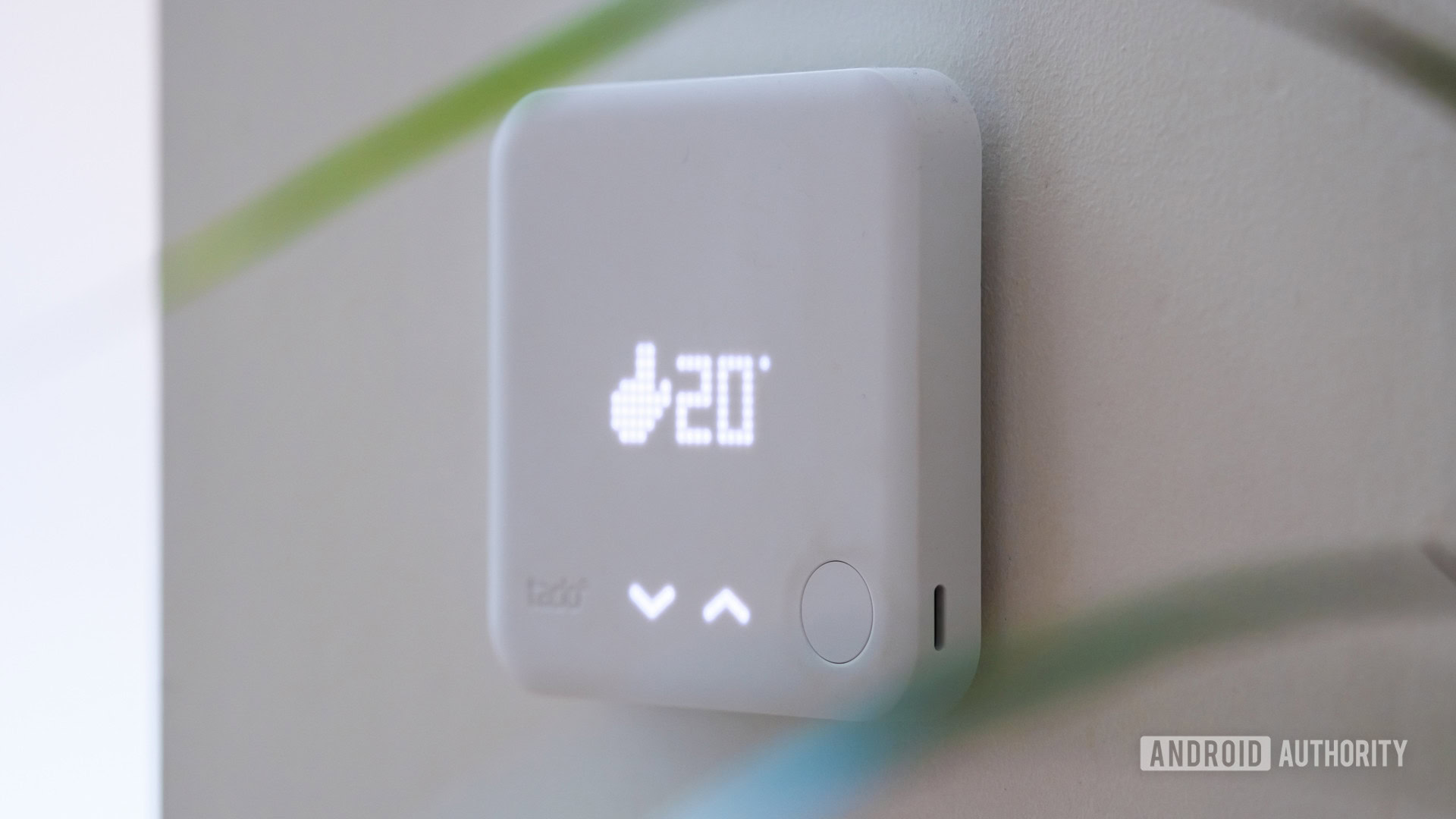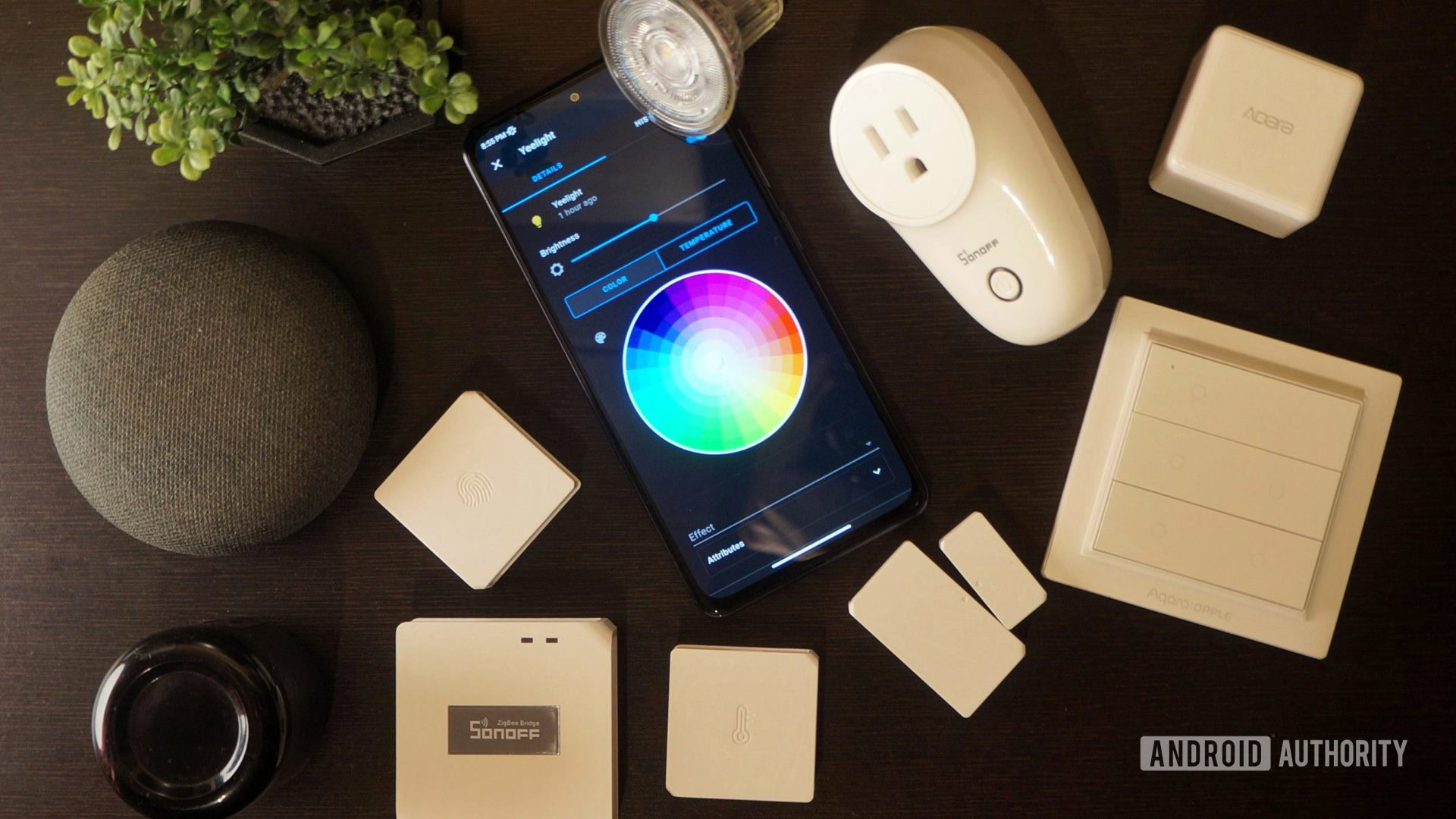
Calvin Wankhede / Android Authority
Talk about building a smart home online and I can almost guarantee someone will call you lazy because you don’t want to get off the couch and turn on the light switch manually. But most people don’t realize that home automation can save energy and money! While it might sound like adding more network-connected devices would just add an extra burden to your energy bill, in my experience, the opposite is true. So if you’re looking for reasons other than convenience to invest in a smart home, here’s how my setup saves energy and why I recommend it.
Let there be light (and darkness)

Calvin Wankhede / Android Authority
Let’s start with a simple automation that offers convenience and energy savings in equal measure: smart lighting controlled by motion sensors. My colleague Rita has already written about how she uses motion sensors to control hallway lights, a sentiment I wholeheartedly agree with.
As you can see in the automation above, I placed a motion sensor near the front door and when it detects someone, it turns on the overhead lights. Then, if no motion is detected after three minutes, the light automatically turns off. This way, I don’t have to worry about hitting the light switch when someone arrives or leaves – it all happens automatically.
Of course, if you automate individual light bulbs based on motion, you won’t save much energy, but the same principle applies to an entire room. I have a similar motion-based automation system in my large kitchen that controls 150 watts of overhead and countertop lighting.
Forgetting to turn off the lights can be costly, so let your smart home do this automatically.
With energy costs soaring in some parts of the world, such as Western Europe, forgetting to turn off the lights for a few hours each day can put a serious strain on your electricity bill. Taking into account Germany’s worst-case energy rates of 0.3 euros per kilowatt hour, turning on 150W lighting for three hours a day would cost an additional 49 euros per year.
The best part about motion sensors is that they work regardless of who the occupant is, so you don’t have to worry about voice commands or phone apps interfering. They are also kid-friendly in case you have a lot of forgetful kids around.
Efficient climate control

Robert Triggs/Android Authority
According to the U.S. Energy Information Administration, cooling and heating costs account for more than half of the average U.S. electricity bill. Thankfully, smart homes have many ways to reduce energy consumption.
I live in a warm, humid climate with temperatures above 86°F or 30°C nearly year-round. Leaving the air conditioner on all day would cost me a fortune, but changing the settings in each room would require constant attention. Therefore, I use automation similar to the lighting setup to ensure that the empty rooms are not climate controlled.
Today, many smart thermostats can detect presence and serve as drop-in replacements for older thermostats. Since I live in an area with no central cooling or heating, I use a motion sensor and a Wi-Fi based infrared transmitter. If you have a remote mini-split air conditioner or heat pump unit, it’s only $25 per room.
A smart thermostat or automation device can detect the presence to automatically adjust cooling or heating.
At night, I also run an automated system that only turns on the air conditioner for a few minutes every few hours. The remainder of the day is serviced by ceiling fans, an energy conservation measure recommended by the U.S. Department of Energy. I can adjust the air conditioner’s temperature settings to find the right balance, but turning the air conditioner off for longer periods of time gives me more control over its energy consumption.
Smart thermostats also help with heating. If your home will be empty most of the day, you can create a schedule. If you’re worried about coming home to a cold house, location-based automation can help ensure your smart home starts warming up early. This is more of a move into the realm of convenience than energy savings, but why not do both?
Cheap energy during off-peak hours

Calvin Wankhede / Android Authority
With many utility providers around the world, you have two billing options: flat rate and time-of-use. The former is easy to understand, but with time-of-use plans, your unit rates will fluctuate based on the time of day. Power plants typically have to produce a minimum amount of electricity regardless of demand, so utilities will offer incentives such as lower electricity prices during off-peak hours.
If you can schedule the use of your heavy equipment during off-peak hours, I recommend switching to a time-of-use schedule. This is usually at night when most people fall asleep. But some providers also offer discounted rates outside of typical 9-to-5 business hours.
Smart plugs can help lower energy costs if your provider offers off-peak incentives.
You can use smart plugs to schedule energy-consuming appliances like dishwashers and clothes dryers. The same applies to extended download sessions on a gaming PC or console. If you want to take this smart home hack a step further, you can use large batteries to store energy and discharge it during peak hours. In this sense, electric car owners can save a lot of money if they only charge when electricity is cheapest.
If batteries sound like overkill, I recommend looking into thermostats that can be tied to your utility provider’s usage schedule. With good insulation, you can cool or heat your home in the early hours and eliminate the residual effects until energy is cheap again in the evening.
Bonus: Save on water bills
While my main focus so far has been on electricity usage, you may also need to worry about your water bill. If you have a garden, consider a real-time soil moisture sensor. Combined with a smart sprinkler system, you can control the amount of water dispensed or even skip irrigation entirely on rainy days.
However, from a more practical perspective, I recommend investing in a water leak sensor, such as the Zigbee-based Aqara sensor. Ikea has also just released one, but it may take a while to reach store shelves around the world. Deploy them anywhere you foresee plumbing problems, such as in the laundry room, basement, or underneath your water heater. It can prevent significant damage to your property and ensure you don’t discover leaks that could lead to high water bills.
While building a connected smart home may seem daunting, the truth is, there’s a platform for everyone. I personally prefer using Home Assistant for an offline smart home, but you can also use an off-the-shelf system (such as Google Nest or Samsung’s SmartThings) for most of the above functions. Once you’ve set it up, I can almost guarantee you’ll wonder how you ever lived without a smart home.